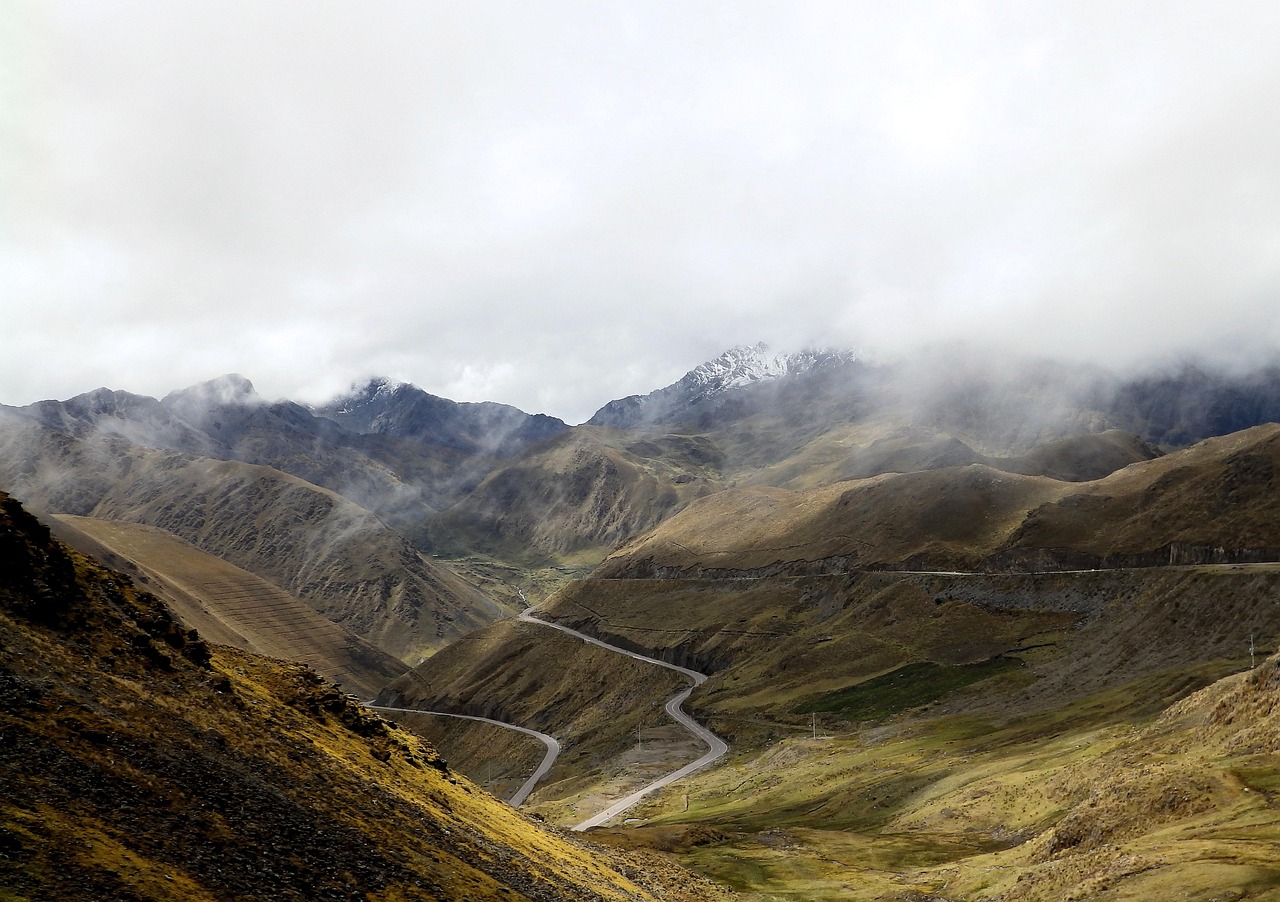Cosmic Discoveries - Part 3
Exploration of the Universe - Part 3
The Wonders of Our Solar System
Our solar system is a fascinating place filled with incredible wonders waiting to be explored. From the fiery surface of the sun to the icy depths of the outer planets, each celestial body offers a unique glimpse into the vastness of space.
1. The Sun
The Sun is the heart of our solar system, a massive ball of burning gas that provides light and warmth to all the planets. Its surface temperature reaches about 10,000 degrees Fahrenheit, and it is essential for sustaining life on Earth.

2. Mercury
Mercury is the closest planet to the Sun and experiences extreme temperature variations, ranging from -290°F at night to 800°F during the day. It has a cratered surface similar to the moon due to impacts from space rocks.
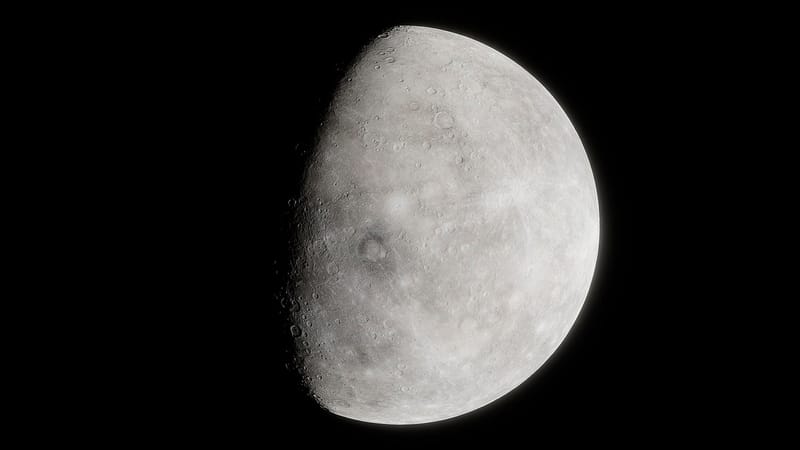
3. Venus
Venus is known as Earth's twin due to its similar size and composition, but its atmosphere is toxic with sulfuric acid clouds. It has a greenhouse effect that makes it the hottest planet in our solar system.
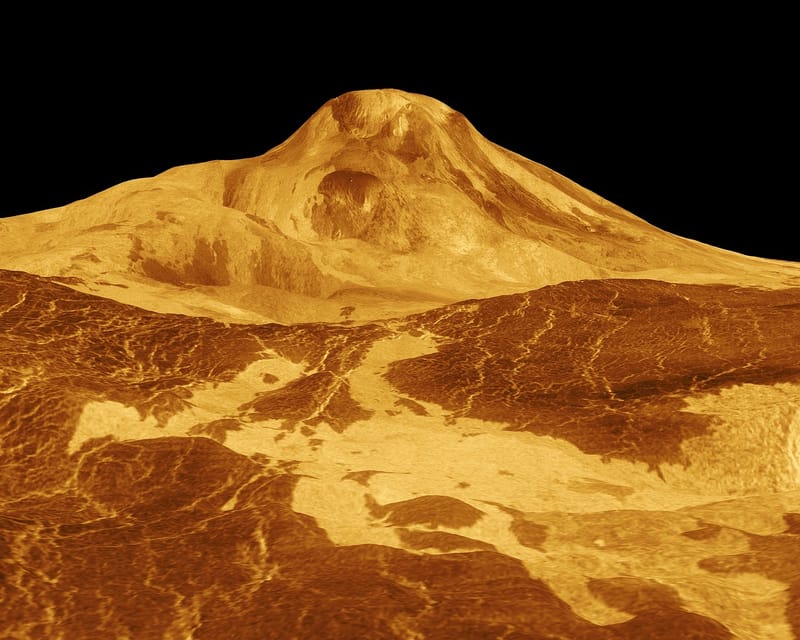
4. Mars
Mars is often called the Red Planet because of its rusty red surface. It has the largest volcano and canyon in the solar system, Olympus Mons, and Valles Marineris, respectively. Scientists believe Mars may have once supported life.
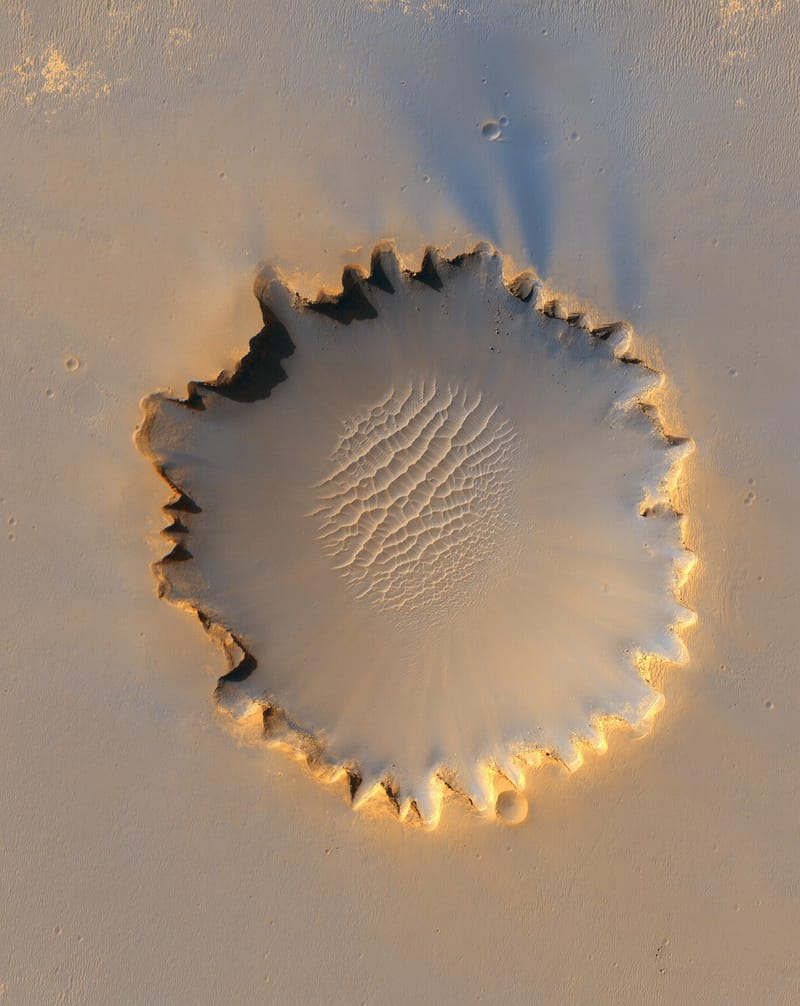
5. Jupiter
Jupiter is the largest planet in our solar system and is known for its iconic Great Red Spot, a massive storm that has been raging for centuries. It has over 70 moons, including the four Galilean moons discovered by Galileo Galilei.
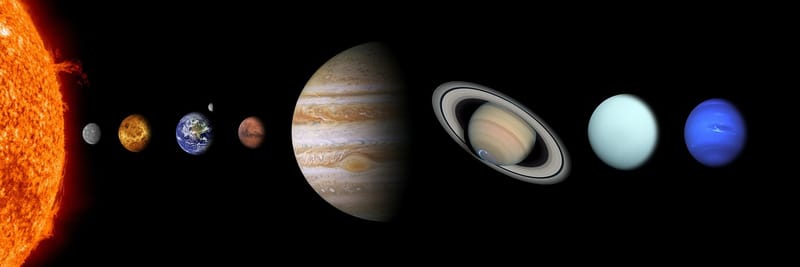
6. Saturn
Saturn is famous for its stunning ring system, made up of ice particles and rock fragments. It has the second-largest moon system in the solar system, including Titan, which has a thick atmosphere and lakes of liquid methane.
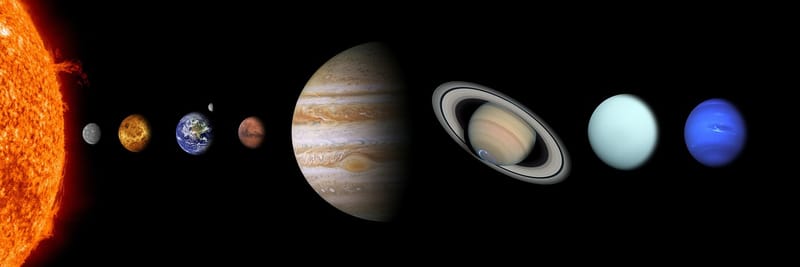
7. Uranus
Uranus is an ice giant with a unique feature – it rotates on its side, likely due to a collision with another planet in the distant past. It has a faint ring system and is the coldest planet in our solar system.
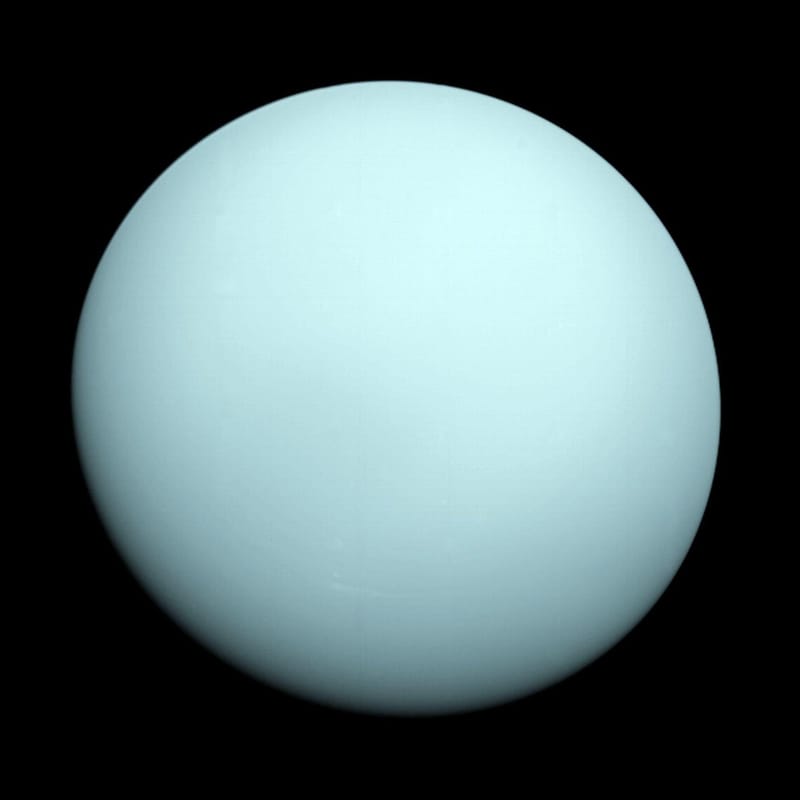
8. Neptune
Neptune is the farthest planet from the Sun and is known for its striking blue color. It has the strongest winds in the solar system, with speeds reaching up to 1,500 miles per hour. Neptune has a faint ring system and 14 moons.
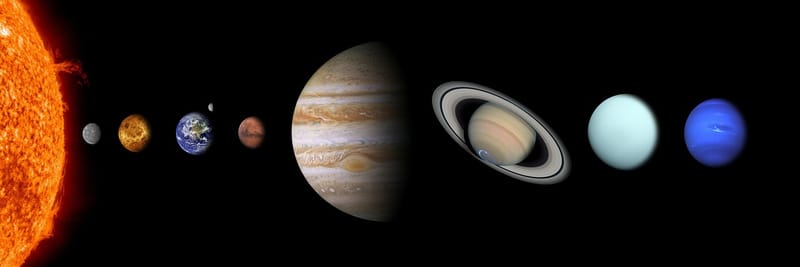
Exploring Beyond Our Solar System
While our solar system is vast and full of wonders, there is still much more to explore beyond its boundaries. Scientists use powerful telescopes and spacecraft to study distant stars, galaxies, and mysterious phenomena in the cosmos.
Stay tuned for the next part of our exploration journey as we delve into the mysteries of the universe!
